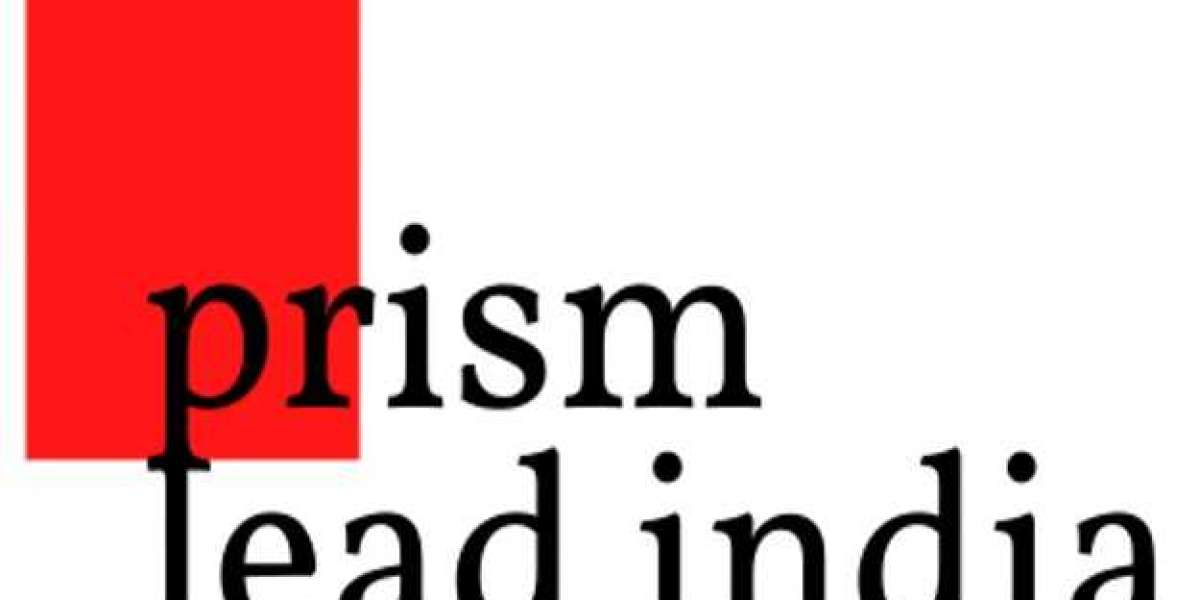The discipline is intended to help organisations understand the third parties they utilise, how they use them, and what controls they have in place. The scope and needs of a TPRM programme are determined by the organisation and can vary significantly depending on industry, regulatory guidance, and other considerations. However, many TPRM best practices are universal and apply to any business or organisation. The term "third-party risk management" is sometimes used interchangeably with various industry terms, including vendor risk management (VRM), vendor management, supplier risk management, and supply chain risk management. However, TPRM is frequently regarded as the umbrella discipline that covers all forms of third parties and risks.
Significance of Third-Party Risk Management
The concept of third-party risk is not new, but recent breaches and increased outsourcing have brought it to the forefront. Disruptive events have touched practically every business and its third parties, regardless of size, location, or industry. In addition, data breaches and cyber security problems are prevalent. In 2021, outages and other third-party occurrences highlighted the impact of third parties on business resilience.
Some of the ways you may be impacted include:
- Internal failures and gaps in operational capacities
- External outages affect areas throughout the supply chain.
- Vendor outages expose your organisation to supply chain vulnerabilities.
- Operational changes that impact data collection, storage, and security
Most modern organisations rely on third parties to keep things running smoothly. So, when your third-party vendors or suppliers fail to deliver, the consequences can be devastating and long-lasting.
For example, you may use a service provider like Amazon Web Services (AWS) to host a website or cloud application. If AWS goes down, your website or application will also go down. Another example could be relying on a third party to ship products. If the shipping company's drivers go on strike, it can cause delays in delivery times, client cancellations, and distrust, all of which can have a detrimental influence on your organization's profits and reputation.
What are the top TPRM practices?
There are numerous TPRM best practices that can assist you in developing a better programme, whether you are just starting to prioritise TPRM or want to understand where your current programme can be enhanced. We've detailed what we believe are the three most important best practices for practically every firm.
1) Prioritise your vendor inventory.
Not all vendors are equal, thus it is crucial to identify which third parties are most important. To boost the efficiency of your TPRM programme, divide your vendors into criticality tiers.
2) Utilise automation.
Consistent and repeatable activities lead to increased efficiency whenever possible. Automation is particularly useful in several phases of the TPRM lifecycle. These areas encompass, but are not limited to:
- Accepting and onboarding new vendors. Automatically add vendors to your inventory using an intake form or by integrating with contract management or other systems.
- Calculating inherent risk and tiering providers.During intake, gather fundamental business context to identify a vendor's inherent risk, and then automatically prioritise vendors who pose the highest risk.
- Assigning risk ownership and mitigation responsibilities. When a vendor risk is identified, direct it to the appropriate person and offer a checklist of mitigating actions.
- Conducting vendor performance reviews. Set up automation triggers to conduct an annual evaluation of the vendor, and if the vendor fails the review, initiate offboarding actions.
- Reassessing the vendor. Send a reassessment depending on contract expiration dates, and save the prior year's assessment results so the vendor does not have to start over.
- Sending notifications and alerts. When a new risk is identified or a new vendor is onboarded, send an email or notify the appropriate stakeholder via an integration with an existing system.
- Scheduling and running reports. Create automated reports that run on a daily, weekly, or monthly basis and are automatically shared with the appropriate individual.
3) Think Beyond Cybersecurity Risks.
When adopting a third-party risk or vendor risk management programme, many organisations automatically consider cybersecurity threats. But TPRM encompasses much more. While starting small and focusing solely on cybersecurity threats is a reasonable starting point, other sorts of risks must be prioritised.
These dangers include:
- reputational risks
- Geographical dangers
- geopolitical hazards
- Strategic risks
- Financial hazards.
- Operational hazards
- Privacy risks
- Compliance Risks
- Ethical Risks
- Business continuity threats
- Performance Risks
- Fourth-party risks
- Credit Risks
- Environmental dangers.
What Is the Management Life Cycle?
The third-party risk management lifecycle is a set of steps that describe a typical relationship with a third party. TPRM is also known as "third-party relationship management." This word more accurately describes the continual nature of vendor engagements. The TPRM lifespan typically consists of multiple stages.
The stages include:
- Vendor Identification
- Evaluation & Selection
- Risk assessment
- Risk mitigation
- Contract and procurement
- Reporting and Record-Keeping
- Ongoing monitoring
- Vendor offboarding
Which department owns the TPRM?
There is no one-size-fits-all solution for third-party risk management. Because every company is unique, there is no single department in charge of vendor risk management. While some established organisations may have a third-party risk or vendor management staff, many do not. As a result, common job titles and divisions that "own" third-party risk are:
Chief Information Security Officers (CISO)
Chief Procurement Officer (CPO
Chief Information Officers (CIO)
Responsibilities include CPO, IT, sourcing, and procurement.
Information Security, Risk, and Compliance
The roles include Supply Chain Manager, Third-Party Risk Manager, Vendor Risk Manager, Vendor Management, and Contract Manager.
Finally, these stakeholders and departments must collaborate to manage vendors across the third-party lifecycle. As such, TPRM frequently expands into numerous departments.
What are the benefits of using third-party risk management software?
With third-party risk software, your organisation may create and expand an effective TPRM management programme that benefits your bottom line. When using purpose-built software to automate processes, the return on investment (ROI) is high.
The major advantages include:
Improved security
Benefits include increased consumer trust, time efficiency, and cost savings.
Reduced duplicate work and improved data visibility.
Faster vendor onboarding.
Simpler assessments
Better reporting capabilities.
Easier audits
Fewer hazards
Better vendor performance.
Fewer spreadsheets
Contact Praeferre to learn more about Third Party Risk Management and its importance.


